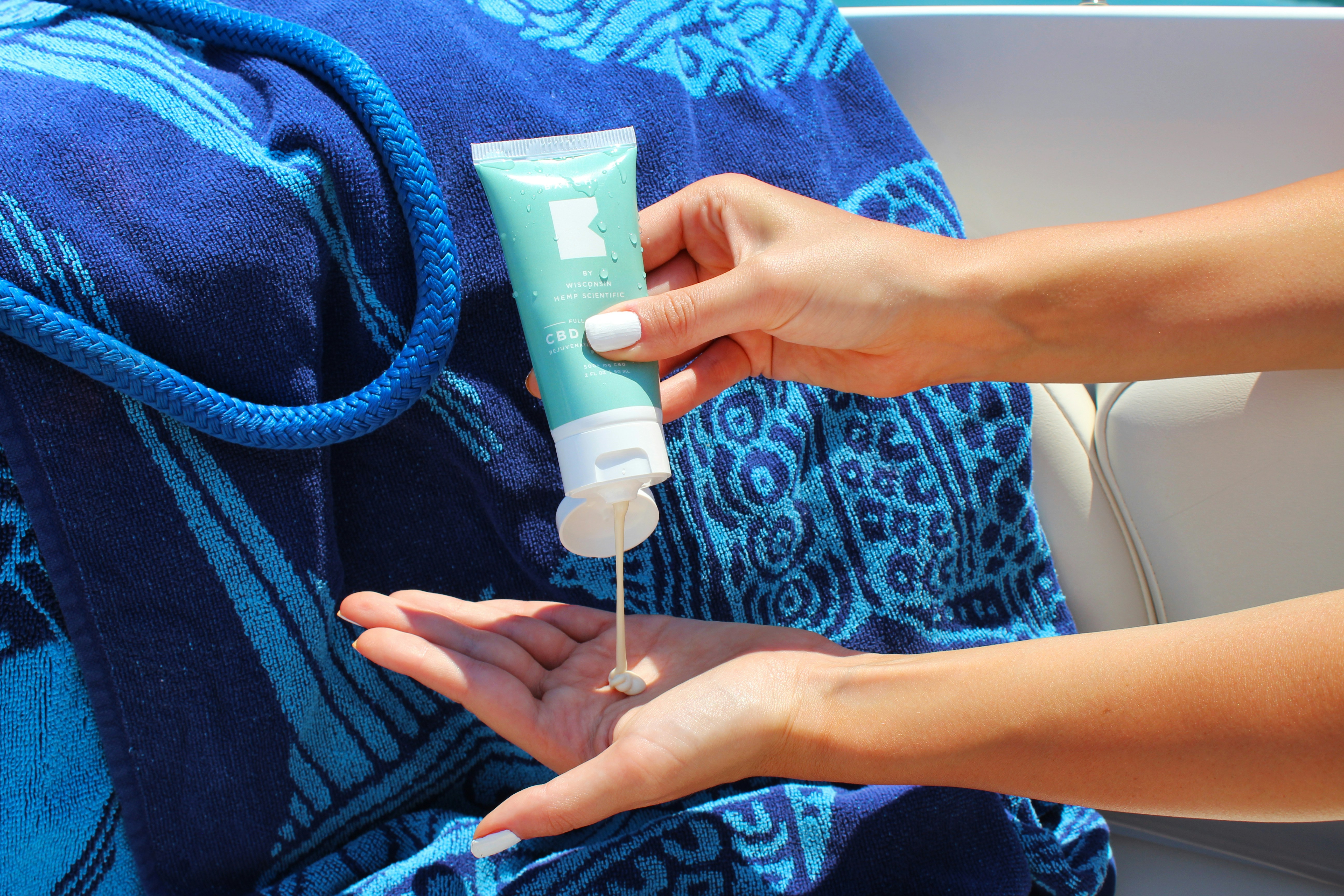Sunscreen is a year-round essential (depending on where you live, of course). Still, summer means that it’s an absolute non-negotiable in any skincare routine — especially if you plan on really soaking up the sunshine outdoors. After all, there are quite a several hazards from staying outside without the protection of sunscreens, such as premature aging, wrinkles, sunburn, and skin cancer. So whether you’re going on a trip or just taking a walk in the park, here are a few things to keep in mind to make the most of your sunscreen:
DO: Use a broad-spectrum sunscreen
Broad-spectrum sunscreen is basically sunscreen that will protect you against UVA and UVB rays. UVA rays are aging rays, which cause premature aging of the skin, while UVB rays are burning rays and are the primary cause of sunburn. In addition to being broad-spectrum, the sunscreen you get should have an SPF of 30 or higher. An SPF of 30 means that it can block 97% of UVB rays, so the higher the SPF, the higher percentage of UVB rays are blocked. However, no sunscreen can block 100% of UVB rays.
DO: Check the expiration date.
Sunscreen contains chemicals that will break down over time, making them less effective, and an expiration date tells you how long the sunscreen will stay safe and working properly. So what happens if you use expired sunscreen? Scientists aren’t sure, so it’s best you don’t try it either. Depending on how long it’s been expired, it may still have some power to block UV rays but not at full strength, or it may be completely useless already. Some sunscreens don’t have expiration dates on the bottles. In this case, it’s safe to assume that they expire after three years.
DO: Always apply and reapply.
It’s not enough to just slather on your sunscreen and call it a day. To get the most out of your sunscreen, always apply it, rain or shine. This is because UV rays can penetrate clouds, so you’re still at risk even though you’re not under direct sunlight. If you’re going out, put sunscreen on at least 15 to 30 minutes before stepping outside. Don’t forget, it’s also important to reapply sunscreen every two hours to keep you protected. But if you’ve been sweating a lot or swimming, you’ll have to reapply every hour.
DON’T: Rely on just sunscreen for sun protection
No matter how high your product’s SPF is, sunscreen alone isn’t enough protection against the sun. You’ll need to consider your clothing as well. For instance, wearing dark clothes gives you higher protection than lighter ones. The same goes for thick fabrics and long sleeves, compared to thin clothes and short sleeves. Again, when you’re outdoors for a long time, try to wear additional protective gear such as sunglasses, a hat, or bring an umbrella to shield you from harsh rays.
DON’T: Expect full coverage from just spraying
Spray sunscreens are becoming quite popular due to their ease of application. However, their coverage isn’t as even compared to applying it by hand. The simple solution is to learn to use spray sunscreen properly — such as holding the nozzle close to your skin and spraying generously. It can be difficult to tell how much you’re applying with a spray, so a good guideline is to spray until your skin glistens. Additionally, even if your spray reads “no rub,” you must still pat it down on your skin for about 10 seconds to spread it equally across your body.













